The DO Loop
Statistical programming in SAS with an emphasis on SAS/IML programs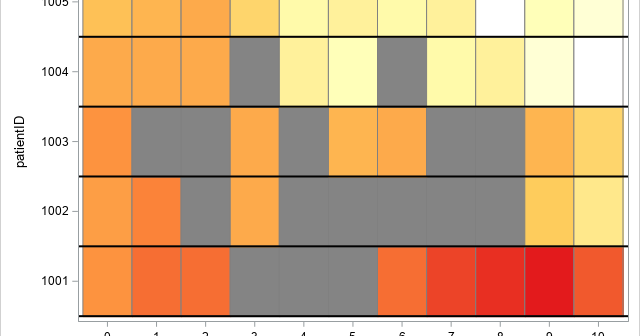
Last year, I wrote almost 90 articles for The DO Loop blog. My most popular articles were about SAS programming, data visualization, statistics and data analysis, and matrix computations. If you missed these articles when I published them—or if you want to read them again!— here is the "Reader's Choice
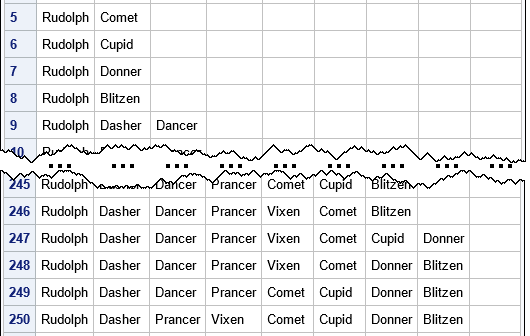
A colleague posted a Christmas-themed code snippet that shows how to use the DATA step in SAS to output all the possible ways that Santa can hitch up a team of reindeer to pull his sled. The assumption is that Rudolph must lead the team, and the remaining reindeer are
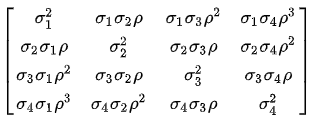
A previous article describes how to use SAS IML software to construct common covariance structures that are encountered in mixed models. Each covariance matrix has several parameters, and you want to construct a matrix for any choice of the parameters. After you have constructed the covariance matrix, you can use

I always emphasize efficiency in statistical programming. I have previously written about why you should never multiply with a large diagonal matrix in the SAS IML language. The reason is that it is more efficient to use elementwise multiplication than matrix multiplication. Specifically, if d is a column vector, then
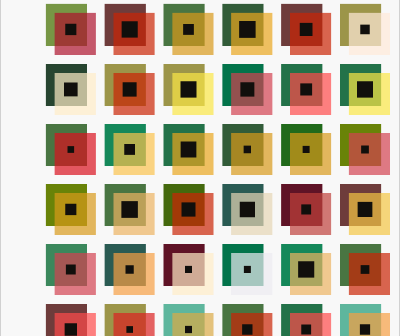
For Christmas 2021, I wrote an article about palettes of Christmas colors, chiefly shades of red, green, silver, and gold. One of my readers joked that she would like to use my custom palette to design her own Christmas wrapping paper! I remembered her jest when I saw some artwork
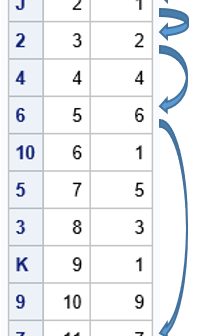
A probabilistic card trick is a trick that succeeds with high probability and does not require any skill from the person performing the trick. I have seen a certain trick mentioned several times on social media. I call it "ladders" or the "ladders game" because it reminds me of the
